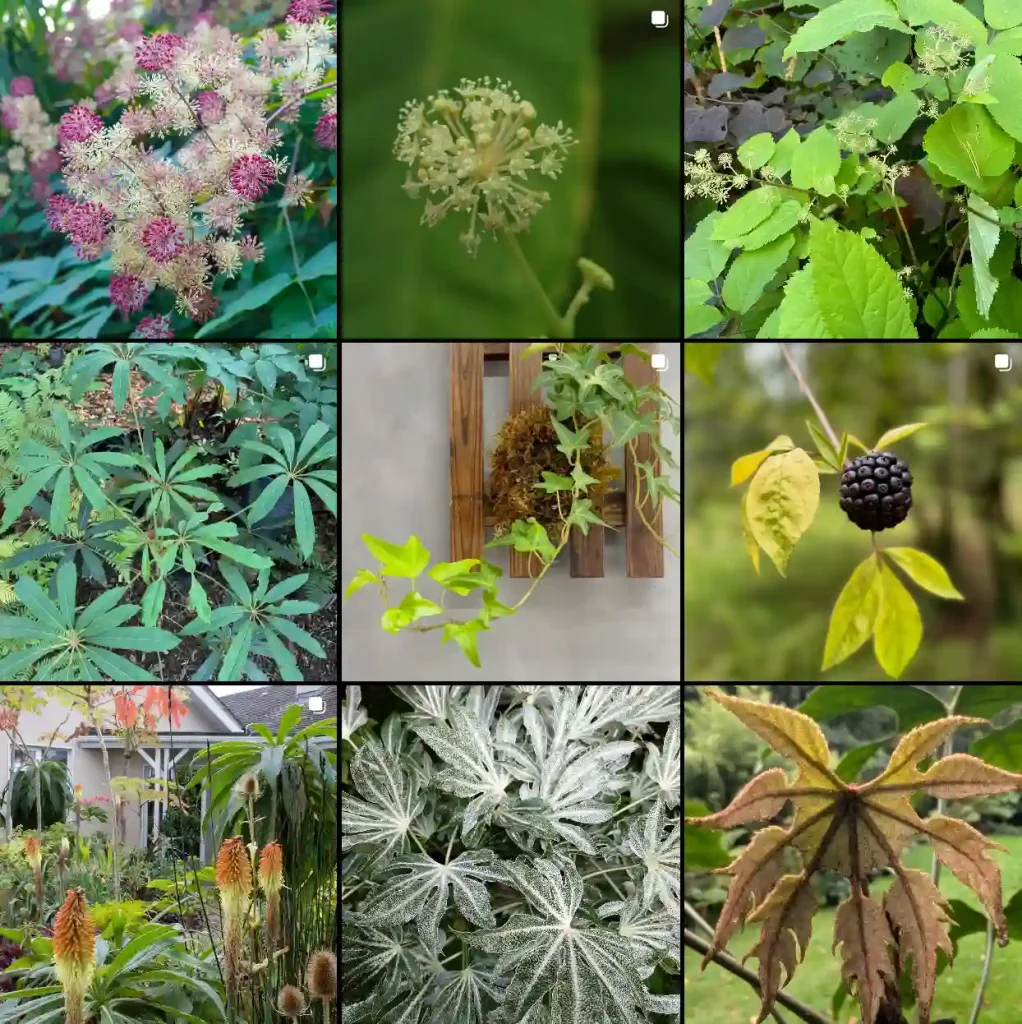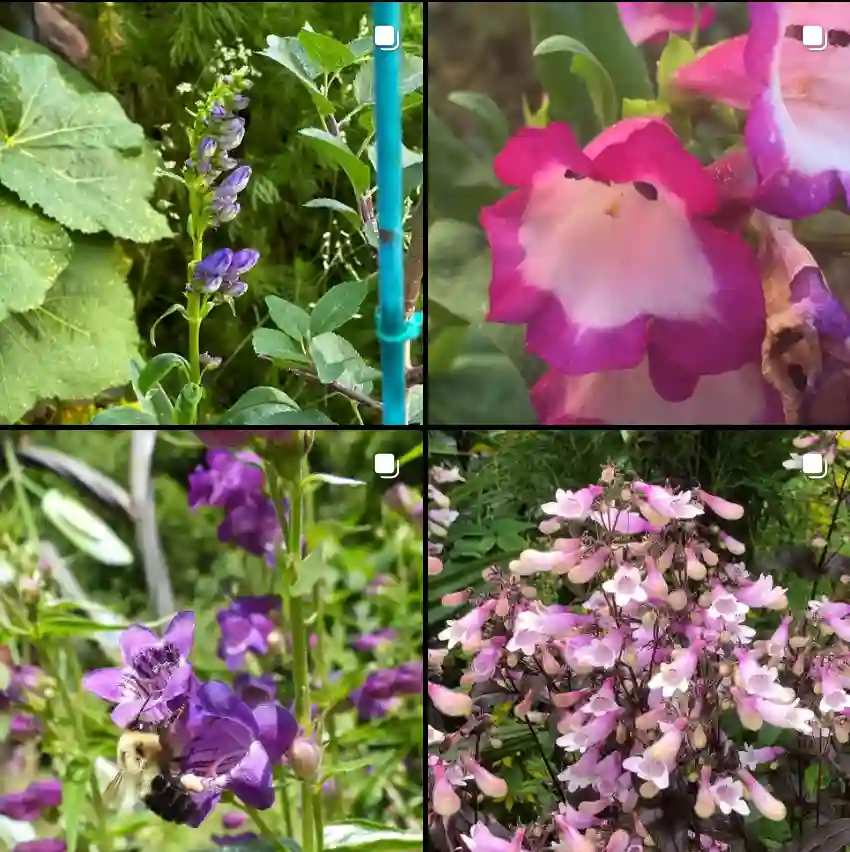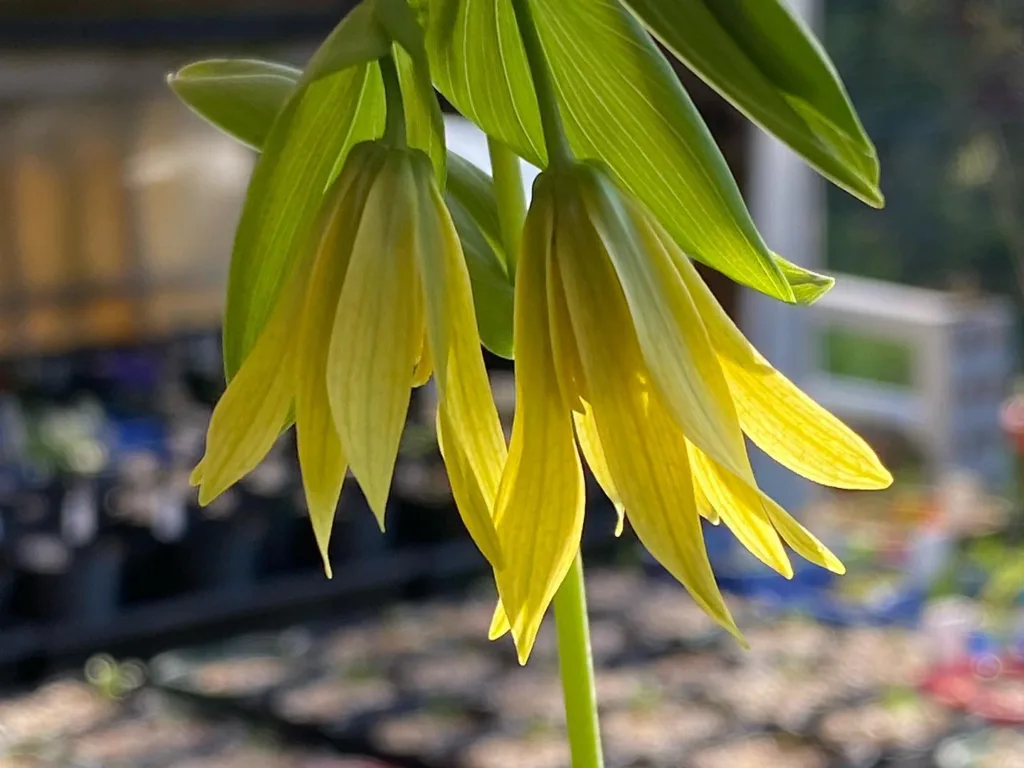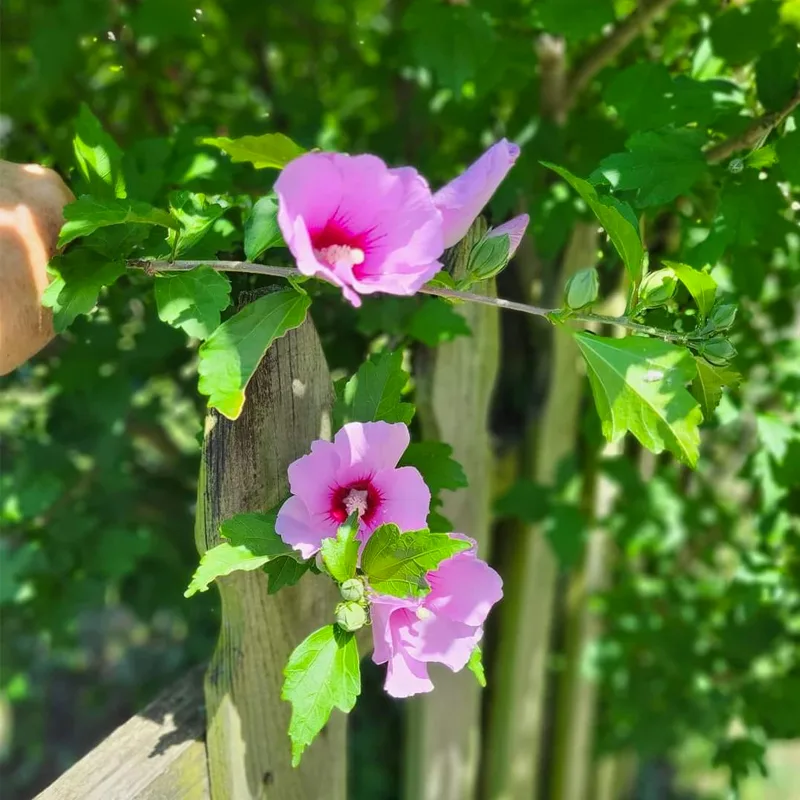Frequently Asked Questions About Acer Nigrum
As a plant enthusiast, I’ve always been fascinated by trees, especially maples. Acer Nigrum, also known as the Black Maple, is a species I find particularly interesting. In this article, I’ll answer some frequently asked questions about Acer Nigrum, from making maple syrup to how it compares with other similar species like Acer Barbatum and Acer Saccharum. Whether you’re a gardener, a hobbyist, or just curious about trees, I hope this information will be useful.
168 Species in Genus Acer – Maple Tree
What is Acer Nigrum?
Acer Nigrum, commonly known as the Black Maple, is a species of maple native to North America. It is closely related to the more well-known Sugar Maple (Acer Saccharum). The Black Maple can be identified by its dark green leaves, which have a more drooping appearance and sometimes a slightly fuzzy texture on the underside. In the fall, these leaves turn a beautiful yellow or orange, making the Black Maple a popular choice for landscaping.
How to Make Maple Syrup from Acer Nigrum?
One of the most fascinating aspects of Acer Nigrum is its potential for making maple syrup. The process is similar to that of tapping the Sugar Maple. Here’s a step-by-step guide on how to make maple syrup from Acer Nigrum:
- Tapping the Tree: In late winter or early spring, drill a small hole into the trunk of the Black Maple. Insert a spile (a small metal or wooden tap) into the hole to collect the sap.
- Collecting the Sap: As the temperature rises, sap will start to flow through the spile. Collect the sap in a bucket or container. It may take several gallons of sap to make just one gallon of maple syrup.
- Boiling the Sap: Once you’ve collected enough sap, it’s time to boil it down. Boil the sap in a large pot, letting it reduce until it thickens into syrup. This process can take several hours, so patience is key.
- Filtering and Storing: After boiling, filter the syrup to remove any impurities. Pour it into sterilized bottles or jars for storage.
Acer Nigrum vs. Acer Barbatum
Acer Nigrum is often compared to Acer Barbatum, also known as the Florida Maple or Southern Sugar Maple. While both species are part of the maple family, there are a few differences:
- Appearance: Acer Barbatum typically has smaller, more rounded leaves compared to the larger, drooping leaves of Acer Nigrum. The bark of Acer Barbatum is also smoother.
- Habitat: Acer Nigrum prefers cooler climates and is found more commonly in the northern United States. In contrast, Acer Barbatum thrives in the warmer climates of the southern U.S.
- Sap Production: Both trees can be used for syrup production, but Acer Nigrum generally produces a higher sugar content in its sap, making it a better choice for syrup making.
Acer Nigrum vs. Acer Saccharum
Acer Nigrum is often mistaken for Acer Saccharum, the Sugar Maple, due to their similarities. However, there are distinct differences:
- Leaf Shape and Texture: While both have lobed leaves, Acer Nigrum leaves are more drooping with a slightly hairy underside, unlike the smooth, firmer leaves of Acer Saccharum.
- Growth Environment: Acer Saccharum is more widely distributed across North America and is less particular about soil conditions compared to Acer Nigrum, which prefers richer, moist soils.
- Maple Syrup: Both species are excellent for syrup production, but Acer Saccharum is the traditional choice. Acer Nigrum, with its similar sugar content, is also a good alternative.
How to Care for Acer Nigrum?
Caring for Acer Nigrum is relatively straightforward:
- Soil: Black Maples prefer well-drained, fertile soil with plenty of organic matter. They thrive in slightly acidic to neutral soil.
- Watering: These trees need consistent moisture, especially when young. Mature trees are more drought-tolerant but still benefit from regular watering.
- Sunlight: Acer Nigrum grows best in full sun to partial shade. Too much shade can result in a less vibrant fall color display.
- Pruning: Prune the tree in late winter or early spring to remove dead or diseased branches and to maintain a healthy structure.
How to Propagate Acer Nigrum?
Acer Nigrum can be propagated by seeds or cuttings:
- Seeds: Collect seeds in the fall. Stratify them by chilling them for 90-120 days before planting them in the spring.
- Cuttings: Take softwood cuttings in early summer. Dip them in rooting hormone and plant them in a well-draining potting mix. Keep the cuttings moist and in a shaded area until roots develop.
Can You Grow Acer Nigrum Indoors?
Growing Acer Nigrum indoors is challenging due to its size and need for natural light. These trees can reach up to 80 feet tall, making them impractical for most indoor spaces. However, young saplings can be started indoors and then transplanted outside once they reach a suitable size.
Is Acer Nigrum Toxic?
Acer Nigrum is not considered toxic to humans or pets. However, as with any plant, it’s best to prevent pets from chewing on leaves or bark. Some maples have been known to cause digestive issues in large amounts.
Benefits of Acer Nigrum
Acer Nigrum offers several benefits:
- Aesthetic Appeal: With its vibrant fall colors and elegant shape, the Black Maple is an attractive addition to any landscape.
- Wildlife Support: The tree provides habitat and food for various wildlife, including birds and squirrels.
- Maple Syrup Production: As mentioned, the sap of Acer Nigrum can be used to make delicious maple syrup.
Common Problems with Acer Nigrum
Like all trees, Acer Nigrum can face certain issues:
- Pests: Watch out for aphids, scale insects, and caterpillars, which can damage the leaves and bark.
- Diseases: Black Maple can be susceptible to fungal infections, such as tar spot and verticillium wilt. Regular monitoring and proper care can help prevent these issues.
- Environmental Stress: Drought, poor soil, and pollution can stress the tree, leading to reduced growth and vigor.
What to Plant with Acer Nigrum?
Acer Nigrum pairs well with other native trees and shrubs that enjoy similar conditions. Consider planting it with:
- Dogwoods: Their colorful flowers and smaller size complement the Black Maple.
- Ferns and Hostas: These shade-loving perennials thrive under the canopy of a mature Acer Nigrum.
In conclusion, Acer Nigrum is a versatile and beautiful tree that can enhance any landscape. Whether you’re interested in making maple syrup, adding aesthetic appeal to your garden, or supporting local wildlife, this tree has much to offer. Understanding its care requirements and potential challenges will help you make the most of this wonderful species.
If i die, water my plants!



